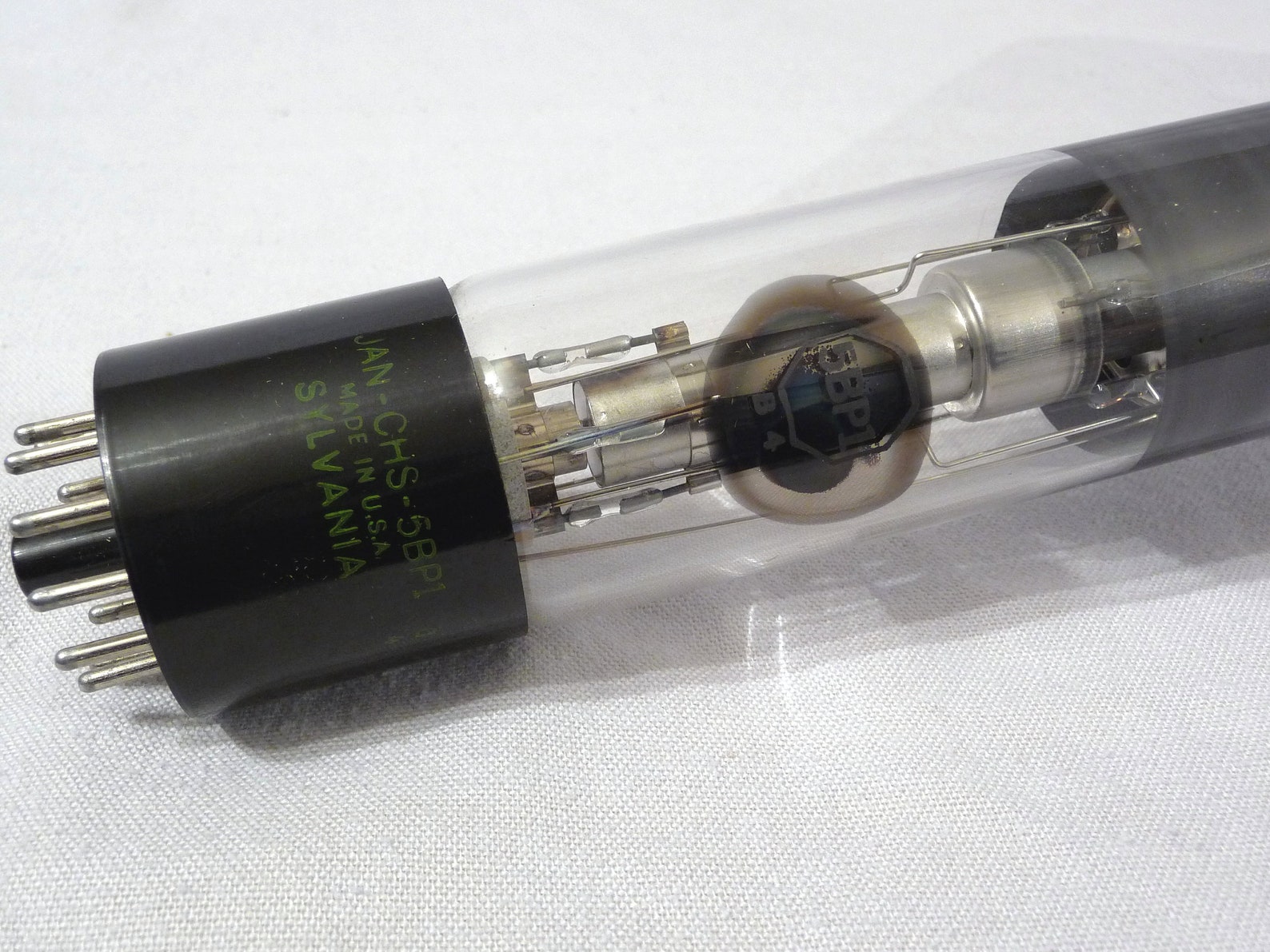

True radar, such as the British Chain Home early warning system provided directional information to objects over short ranges, were developed over the next two decades. However, it was not until the early 20th century that systems able to use these principles were becoming widely available, and it was German inventor Christian Hülsmeyer who first used them to build a simple ship detection device intended to help avoid collisions in fog (Reichspatent Nr.

This possibility was suggested in James Clerk Maxwell's seminal work on electromagnetism. The history of radar (where radar stands for radio detection and ranging) started with experiments by Heinrich Hertz in the late 19th century that showed that radio waves were reflected by metallic objects. The anode block of the original cavity magnetron built by Randal and Boot, which provided a leap forward in radar design. The German Freya worked at higher frequencies, and was thus smaller than its Chain Home counterpart. Aspect of history A British Chain Home transmitter antenna, the first comprehensive radar system.


 0 kommentar(er)
0 kommentar(er)
